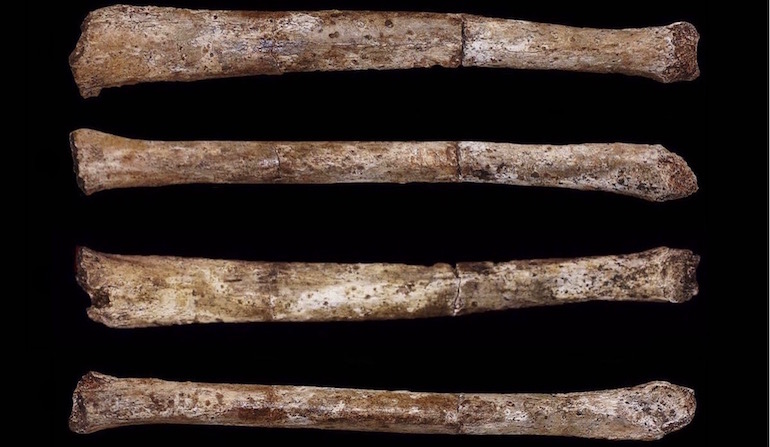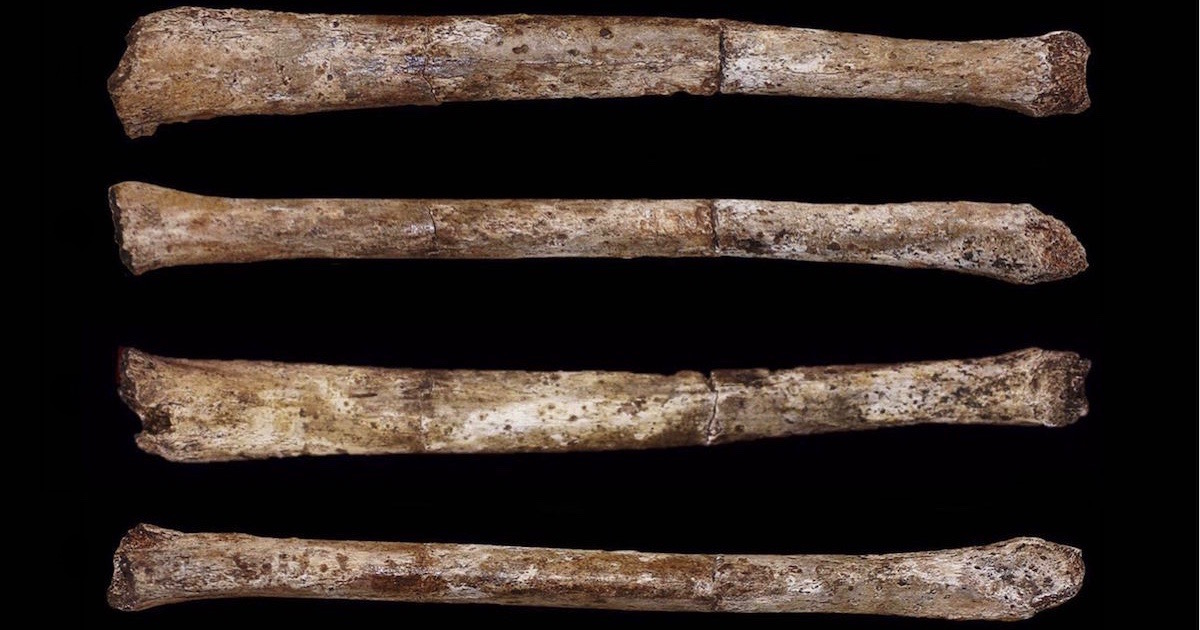 Evolution
Evolution
 Human Origins
Human Origins
Latest Homo naledi Bones Are Younger than Expected


According to a recent article in The Guardian, “New haul of Homo naledi bones sheds surprising light on human evolution,” but the most important word in the headline is “surprising.” It turns out that the fossils are much younger than evolutionary biologists expected.1
In 1982, paleontologists Niles Eldredge and Ian Tattersall noted that it is a “myth that the evolutionary histories of living beings are essentially a matter of discovery.” If this were really true, they wrote, “one could confidently expect that as more hominid fossils were found the story of human evolution would become clearer. Whereas if anything, the opposite has occurred.” The Homo naledi bones show that Eldredge and Tattersall were right.2
Emory University archaeologist Jessica Thompson (quoted in The Guardian) explains that the discovery makes it clear that human evolution is not as straightforward as it is made out to be. “It doesn’t start out with something that looks like a monkey, and then something that looks like an ape, and then something that looks like a human, and then all of a sudden you’ve got people,” she said. “It’s much more complicated than that.”1
Indeed, human origins are as mysterious now as they have ever been. As Yale paleoanthropologist Misia Landau once wrote, stories of human evolution “far exceed what can be inferred from the study of fossils alone,” so fossils are placed “into preexisting narrative structures.”3 And the overarching narrative structure is materialistic philosophy — the view that matter and physical forces are the only realities and God is an illusion.
Science educators tell materialistic stories about how we are accidental by-products of unguided evolution, and the stories are illustrated with iconic drawings of apes morphing into humans. But the stories come first; fossils such as Homo naledi are plugged in later.
References:
(1) Ian Sample, “New haul of Homo naledi bones sheds surprising light on human evolution,” The Guardian (May 9, 2017).
(2) Niles Eldredge and Ian Tattersall, The Myths of Human Evolution (New York: Columbia University Press, 1982), 126–127.
(3) Misia Landau, Narratives of Human Evolution (New Haven, CT: Yale University Press, 1991), pp. ix-x, 148.
Photo credit: Lee Roger Berger research team (http://elifesciences.org/content/4/e09560) [CC BY 4.0], via Wikimedia Commons.
